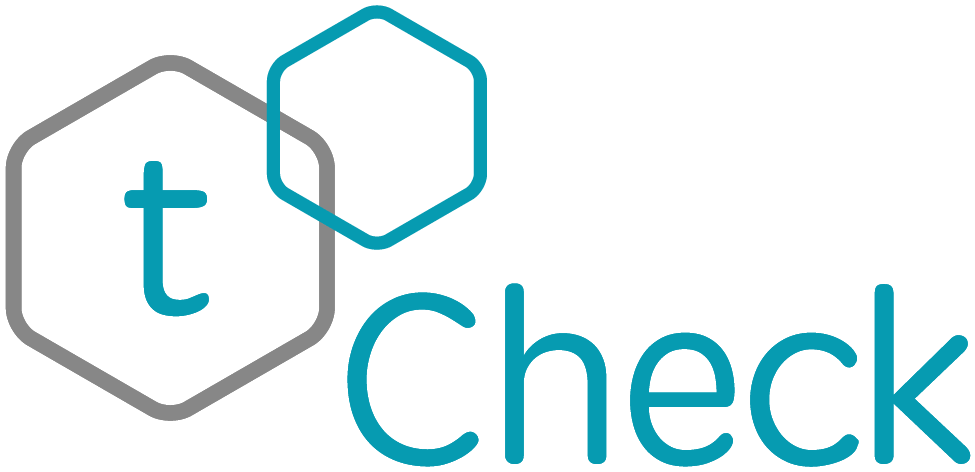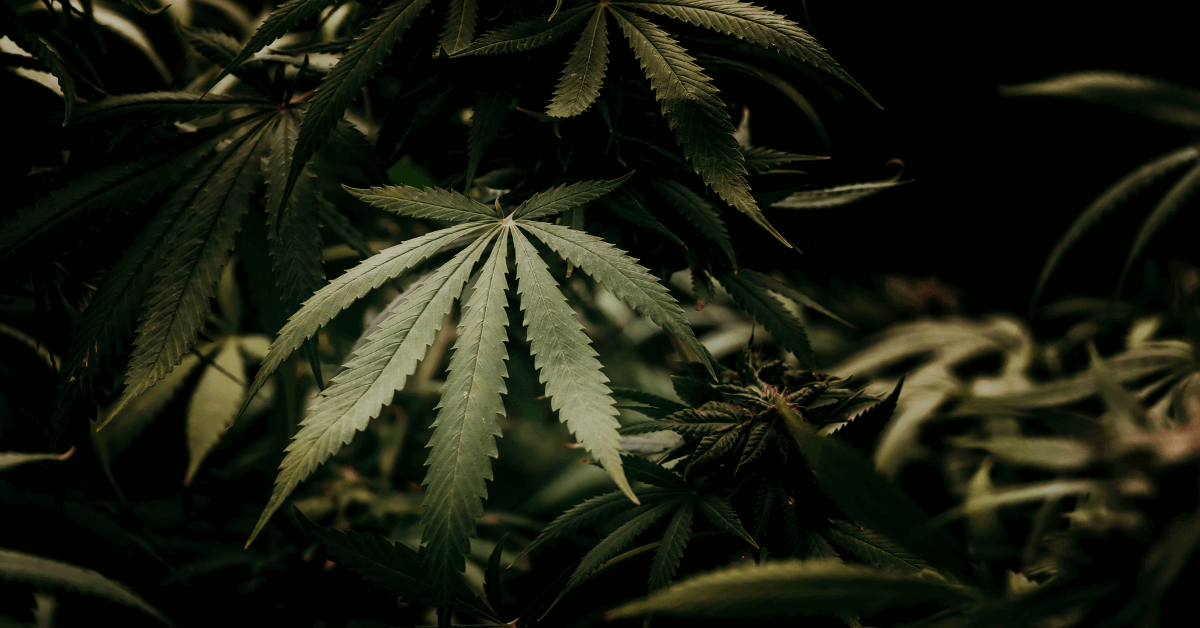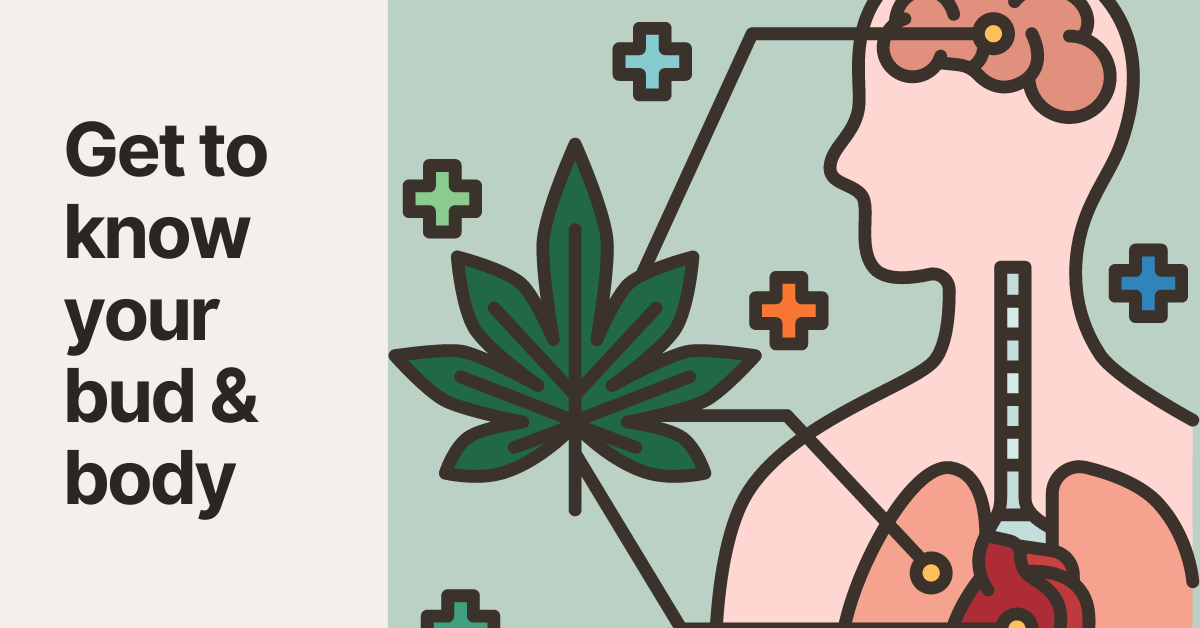Marijuana is a psychoactive plant that has tons of benefits for medicinal and recreational use. It’s been proven to significantly help those who suffer from PTSD, OCD, and even depression. Sometimes after a long day at work, it can be used to treat the Monday Blues.
But, how much consumed cannabis present somatic benefits? If we’re talking puffs, there isn’t a “one-joint-fits-all” answer. But if we’re talking science, we’d have to take a look at marijuana’s bioavailability.
What is Bioavailability?
It is 'the proportion of a drug or other substance which enters the circulation when introduced into the body and so is able to have an active effect' (a mouthful). In layman's terms, it's the amount of weed that's actually absorbed into your bloodstream and makes you feel high.
So, the next question is: What's marijuana's bioavailability?
Marijuana has a cannabinoid called THC which is responsible for the plant’s psychoactive effects. It typically has an uninfluenced bioavailability of 10-15%. That means that only 10-15% of THC actually becomes available for your body to use and take effect. The other percentage may have very well been ingested but not used and excreted through natural processes.
That number seems low and almost like a waste of bud but, Mother Nature gave us a way to biohack our high and increase THC's bioavailiability.
What affects bioavailability?
There are a couple things that can influence marijuana’s reach like food, method of consumption, and even genetics. Here’s a closer look:
1. Method of consumption
Different methods of consuming marijuana like smoking, vaping, or ingesting, can vary in bioavailability due to differences in how the body processes and absorbs the substance.
For example, smoking or vaping marijuana may result in a higher bioavailability compared to ingesting it orally, as the lungs offer a more direct and efficient route for THC to enter the bloodstream.
2. THC to CBD ratios
The good thing about accurately testing your canna’s potency at home is that you not only get THC potency, but CBD as well!
The cannabinoid CBD doesn’t produce psychoactive effects and presents itself as a mellowing ingredient. This is why Sativa-dominant strains are lower in CBD count than indica-dominant ones.
Once the THC makes its way to your liver and begins to metabolize, CBD has been shown to slow down this process thus raising THC’s bioavailability in your bloodstream. However, the interaction between THC and CBD can be complex as strains often have a 1:1 ratio.
3. Decarboxylation
Decarboxylation is the process of heating weed to convert THC to THCa. Decarbing weed boosts already active compounds, like THC, making it easier for it to enter your bloodstream.
4. Food
If you’re looking to rest on cloud 9, consuming high-fat foods is sure to get you there. Fatty acids act as “intracellular” carriers for THC and CBD. For a visual, imagine little fatty-acid rockets speeding both cannabinoids along their normal paths. Foods like nuts, eggs, beef, and cocoa butter can increase bioavailability, and get you eating healthier too!
But that’s not the only way. Consuming marijuana with things that can inhibit those liver enzymes like grapefruit juice or even certain medications, can potentially increase the bioavailability of cannabinoids by slowing down their metabolism and clearance from the body.
On the other hand, things that induce liver enzymes, such as alcohol may decrease bioavailability by enhancing metabolism.
5. Individual Characteristics
Ultimately, THC’s bioavailability is most influenced by your physiological factors. Individual differences like metabolic rate and genetic expression of enzymes and receptors involved in cannabinoid processing can affect how quickly cannabinoids are absorbed and processed in the body.
So, while you and a friend ate the same edible, they might experience a bioavailability of 10% while your experience is at 8%. This does not mean you would feel less high, it just means your body is processing things differently.
In conclusion, bioavailability is the amount of cannabis you consume that becomes available for your body to use. Thanks to Mother Nature, there are many things you can do to increase THC’s bioavailability for more potent therapeutic effects.









